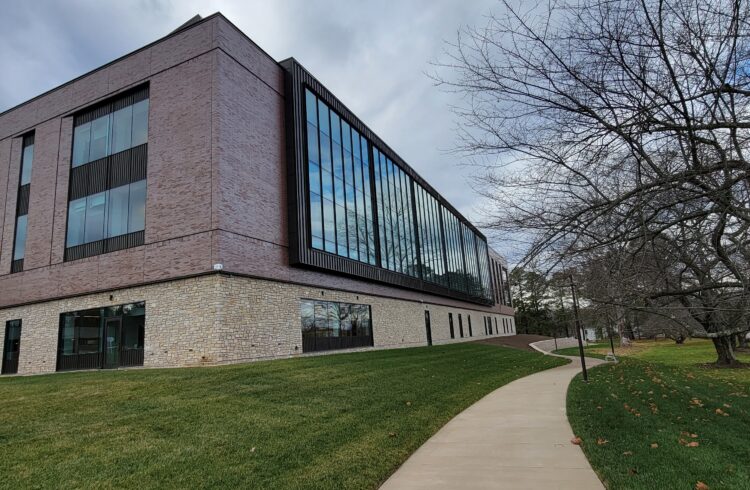
When it comes to primary care medicine, the U.S. is in both a quandary and a crisis, says a University of Virginia professor of medicine. On one hand, politicians are calling for measures to give more Americans access to essential healthcare services; on the other, the number of primary care doctors and dentists available to provide those services is dwindling.
“Research shows that patients who regularly visit their primary care physicians incur significantly lower health care expenditures and have better health status, lower overall mortality and longer life,” says P. Preston Reynolds, M.D., PhD. “Unfortunately, we’re in the midst of a national shortage of primary care clinicians that has reached a crisis point and will likely worsen during the next decade. In my view, it is time to restore primary care generalist training as the centerpiece of federal policy.”
According to Dr. Reynolds, solving the primary care shortage will require a number of strategies. One of particular interest to her involves shifting federal funding back into Title VII programs, which are the focus of the November 2008 issue of Academic Medicine. Dr. Reynolds, who is a well-known medical historian, educator and physician, served as guest editor of the issue and assembled more than a dozen articles describing the history, impact and achievements of Title VII of the United States Health Service Act. The issue is dedicated to Title VII legislative champion, Senator Ted Kennedy of Massachusetts.
“Title VII was enacted 45 years ago in response to a series of federal reports warning that a shortage of doctors and dentists was imminent,” Dr. Reynolds explains. “It funded construction and expansion of medical and dental schools and established training programs that increased the nation’s supply of primary care doctors and dentists.”
Over the decades, federal policy goals for Title VII have undergone three major shifts. Initially, goals focused on creating sufficient training facilities and other infrastructure. Emphasized next was the expansion of primary care training programs for physicians, dentists and physician assistants. Current objectives include caring for vulnerable and disadvantaged populations, achieving greater diversity in the health professions, and implementing curricula innovations to prepare trainees for the future practice of medicine and dentistry.
“In recent years, federal funding has been drastically cut for generalist training and has shifted toward medical specialty programs,” says Dr. Reynolds. “Although it’s not the sole solution, redirecting funding back toward primary care training may help get us out of this crisis,” she notes. “Today, more Americans need access to primary health care, and the country needs more doctors and dentists to deliver that care.”
Related links:
Academic Medicine November 2008, Vol. 83, Issue 11 http://www.academicmedicine.org/pt/re/acmed/currenttoc.htm;jsessionid=JJ8QtJPzP7r7Nf2YNY2RbfTC2B1y2xk13gcSnTTvRyl6snKZ0w23!-442877515!181195628!8091!-1


